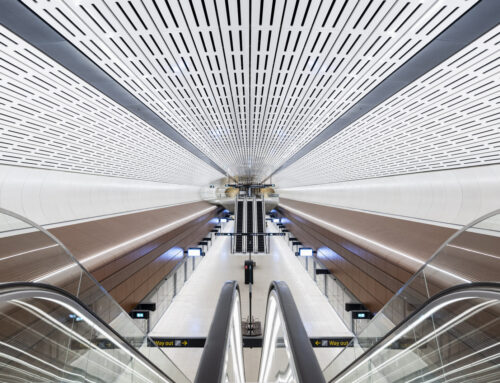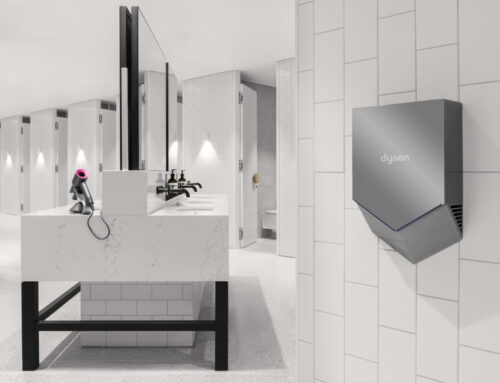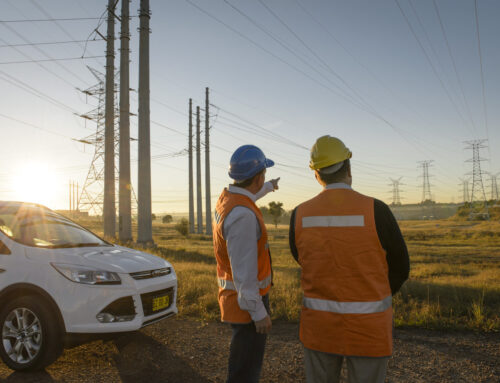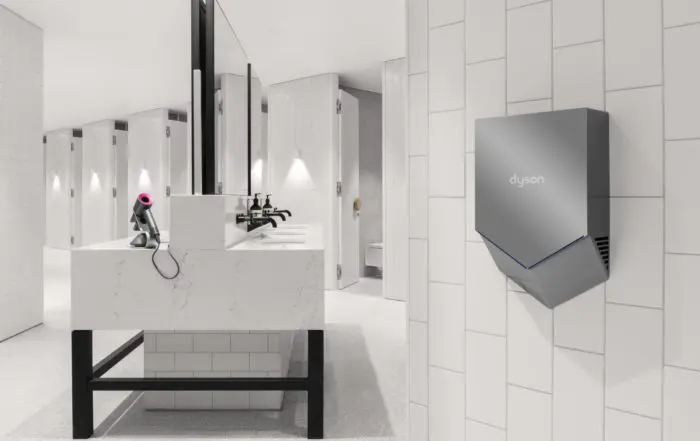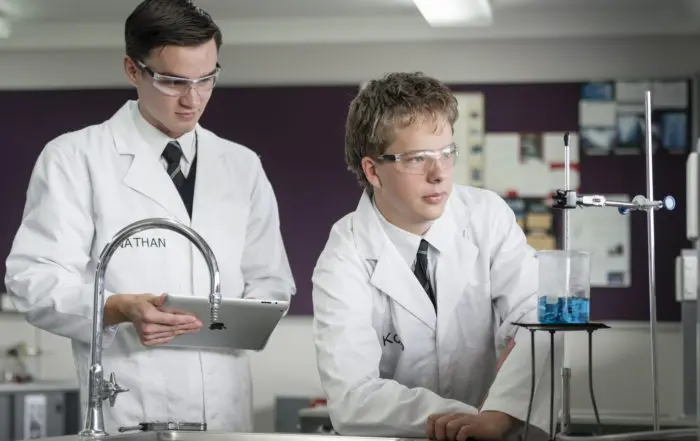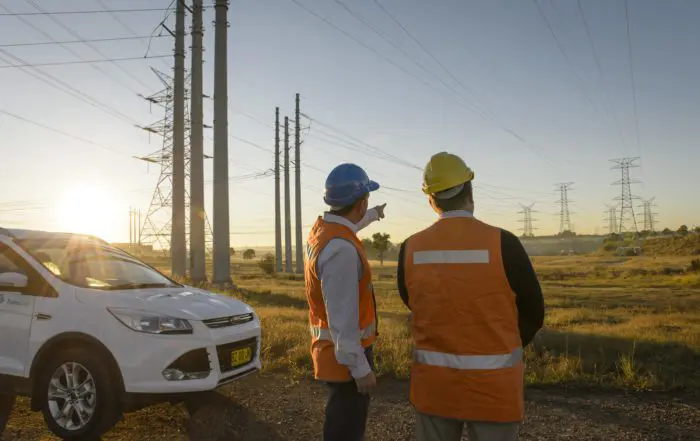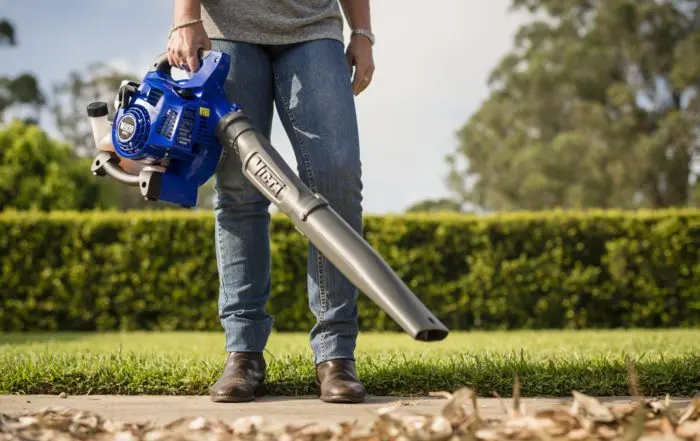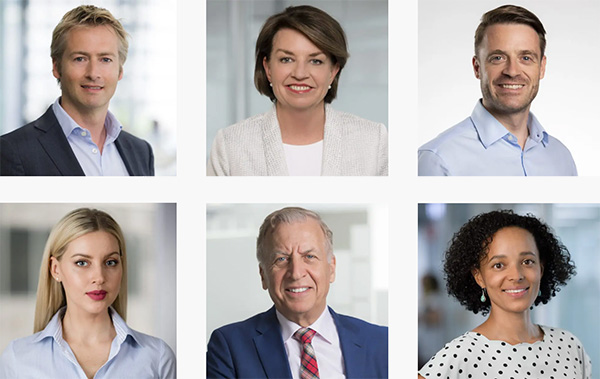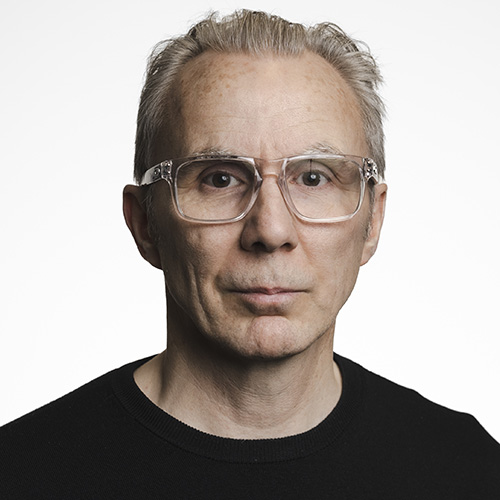
Shooting The Breeze is a photography blog by Gavin Jowitt, an award-winning Sydney-based photographer, offering valuable articles and advice on corporate, industrial, and architectural photography; life and photography in Sydney; and running a successful photography business.
AI-generated headshots: what to expect in the future
The advent of artificial intelligence (AI) has left no industry untouched, and the world of corporate headshots is no exception. As a professional photographer specialising in corporate headshots, I have closely followed the development of AI-generated headshots and their potential impact on the industry. In this blog post, we will explore the rise of AI-generated headshots, their potential benefits and drawbacks, their implications for professional photographers, and what to expect in the future.
AI-generated headshots have gained popularity in recent years, thanks in part to the development of sophisticated algorithms like Generative Adversarial Networks (GANs). These AI-driven models can create hyper-realistic human images, complete with features, expressions, and even accessories. In a 2020 article, The Verge’s James Vincent describes the technology as “a new frontier for digital art,” and it’s not hard to see why.
Proponents of AI-generated business headshots argue that the technology offers several advantages over traditional photography. For one, AI-generated headshots are cost-effective and time-efficient, as they eliminate the need for professional photographers, studios, and equipment. Furthermore, they can be easily customised to suit an individual’s or company’s branding and can even be used to create diverse representations of various ethnicities and ages.
However, concerns have been raised about the quality and authenticity of AI-generated headshots. In an interview with Forbes, professional photographer Peter Hurley states, “AI-generated headshots can lack the emotional connection that a human photographer can create. It’s the difference between capturing a moment and fabricating one.” Critics argue that the absence of human interaction can result in images that feel impersonal and, at times, artificial.
Another potential drawback of AI-generated headshots is their impact on the job market for professional photographers. With the proliferation of AI-generated headshots, photographers specialising in professional headshots may face increasing competition, forcing them to adapt and diversify their services. In a Medium article, photographer Amy Lombard writes, “Photographers need to think about how they can differentiate themselves and offer something unique that AI cannot replicate.”
As AI-generated headshots continue to evolve, we can expect even more innovative ways for individuals to create their personalised images. One potential development is the integration of smartphone LIDAR (Light Detection and Ranging) cameras for facial scanning. LIDAR technology, which is currently used in various applications such as autonomous vehicles and 3D mapping, can provide highly accurate and detailed data by emitting light pulses and measuring the time it takes for the light to return.
Apple has been using LiDAR tech in cell phones since 2020 with the launch of the iPhone 12 Pro. Users could scan their faces using a smartphone LIDAR cameras. This would allow them to create accurate 3D models of their faces, which could then form the foundation for AI-generated headshots. By combining the precise facial data from LIDAR scans with AI-driven image synthesis, we could see a new generation of AI-generated headshots that are even more realistic and personalised.
Moreover, the future of AI-generated headshots could involve advanced customisation options, allowing users to modify various aspects of their images with ease. For instance, users could change their hairstyles, clothing, or facial expressions to suit different professional contexts or to reflect their personal brand. This level of customisation would provide an unprecedented level of control, enabling individuals and companies to create a wide variety of images for various purposes.
In addition to technological advancements, we can expect ethical considerations to play a more significant role in developing and using AI-generated headshots. As AI-generated images become more realistic and widespread, concerns about privacy, data ownership, and deepfakes will likely increase. It will be crucial for developers, users, and regulatory bodies to establish guidelines and best practices to ensure that AI-generated headshots are used responsibly and ethically. As noted by technology journalist Kate O’Neill in a Wired article, “The potential misuse of AI-generated headshots raises important questions about the responsibility of technology creators and users in shaping the ethical landscape.”
The future may also see a convergence of AI-generated headshots and augmented reality (AR) applications. For example, imagine attending a virtual conference where participants’ AI-generated headshots are displayed as AR avatars, allowing for more engaging and interactive experiences. This fusion of AI-generated headshots and AR could revolutionise the way we interact in virtual spaces and redefine professional networking.
Despite these concerns and future developments, it’s essential to recognise that AI-generated headshots and traditional photography can coexist. While AI-generated headshots may be more suited for certain applications, like creating a large number of images quickly and inexpensively, traditional photography will still have its place. Professional photographers who excel at capturing authentic emotions, fostering a positive and collaborative environment, and creating tailored images that reflect a company’s brand and culture will continue to thrive.
AI-generated headshots represent both a challenge and an opportunity for photographers in the corporate headshot business. Embracing this technology and adapting to the changing landscape can help photographers stay relevant and competitive. As Lombard aptly puts it, “The key to success in the age of AI-generated headshots is to remain adaptable, innovative, and, above all, human.”
The future of AI-generated headshots promises exciting advancements in technology, customisation, and integration with other emerging technologies such as LIDAR and AR. As these innovations unfold, it will be essential for professional photographers and businesses to remain informed and adapt to the shifting landscape. By embracing these changes and incorporating them into their services, photographers can continue to provide value to their clients and maintain a competitive edge in the market. Ultimately, the success of photographers in the era of AI-generated headshots will depend on their ability to innovate, adapt, and maintain the human touch that sets their work apart.
References:
- Vincent, James. (2020, December 3). These eerily lifelike faces show how algorithms can now mess with us. The Verge. Retrieved from https://www.theverge.com/
- Hurley, Peter. (2021, July 20). The Future of AI-Generated Headshots in the Corporate World. Forbes. Retrieved from https://www.forbes.com/
- Lombard, Amy. (2021, August 15). The Impact of AI on Corporate Headshot Photography. Medium. Retrieved from https://medium.com/
- O’Neill, Kate. (2021, October 10). The Ethical Dilemmas of AI-Generated Headshots. Wired. Retrieved from https://www.wired.com/
About the author
Gavin Jowitt is an accomplished corporate communications and branding professional with over 30 years of experience as a creative director and photographer. Awarded Australian Commercial Photographer of the Year in 2019, Gavin has built a reputation for delivering high-quality photography that enhances stakeholder communication. Gavin works with a wide array of public and private sector clients, guiding them in creating versatile photography libraries while offering extensive corporate, industrial, and commercial photography services throughout Australia.
Recent posts
Victoria Cross: Photographing North Sydney’s New Metro Station
Photographing Victoria Cross station captured its sleek design and functionality, showcasing how it transforms North Sydney’s urban landscape and connectivity.
The Art of Clean: Why Dyson Demands the Highest Quality Product Photography
Dyson's unwavering commitment to visual excellence and how it has shaped their brand identity in the minds of consumers.
Tips for Planning and Arranging a Photoshoot at Your School
In today’s digital age, visual content is one of the most potent ways to engage and inspire prospective students, parents, and staff. Whether for a new school prospectus, website, or social media, professional education photography [...]
Transgrid’s Innovative Use of Photography
Transgrid is illuminating the human and technical side of Australia's energy infrastructure through captivating visual storytelling.
The Power of Lifestyle Product Photography
A deep dive into the world of lifestyle product photography, with a focus on Victa Australia's journey to creating powerful visual connections with their customers.
Sydney Photographer / Featured Service / Corporate Headshots in Sydney
As a professional Sydney-based photographer specialising in corporate headshots, I recognise the significance of top-quality images for building the professional profiles of your key personnel. My expertise is crafting professional headshots highlighting confidence, character, and professionalism.
> Headshot pricing and book online
